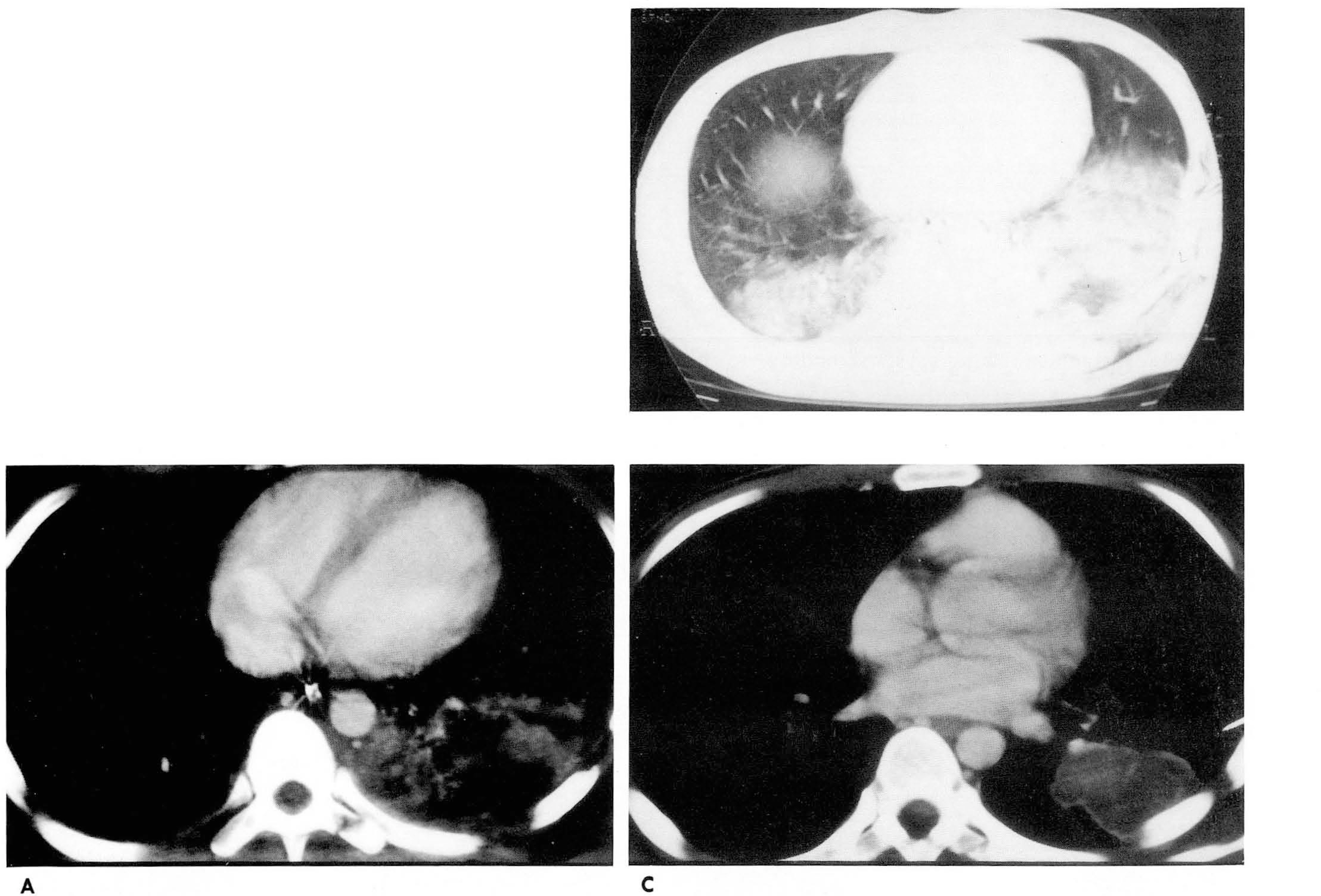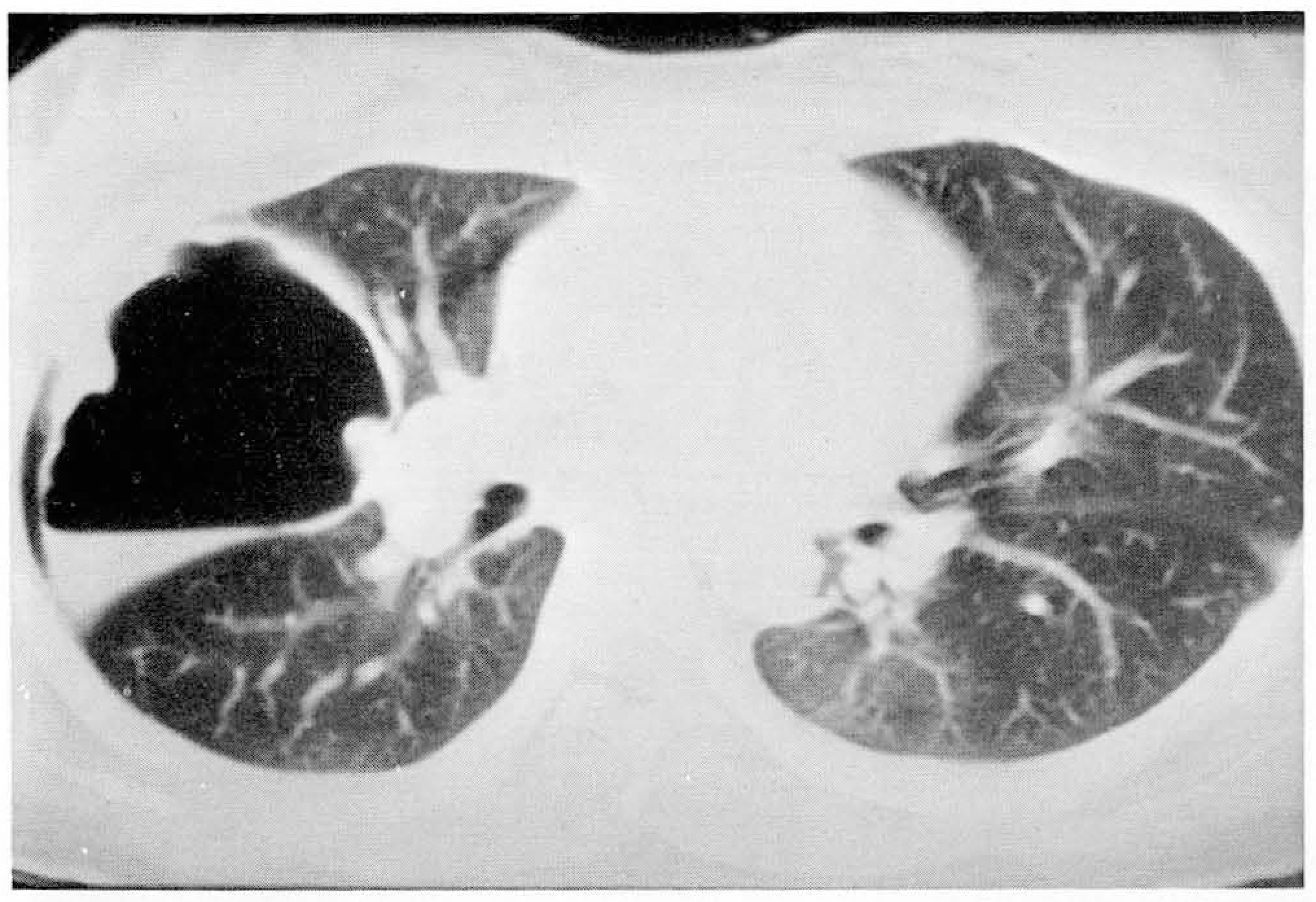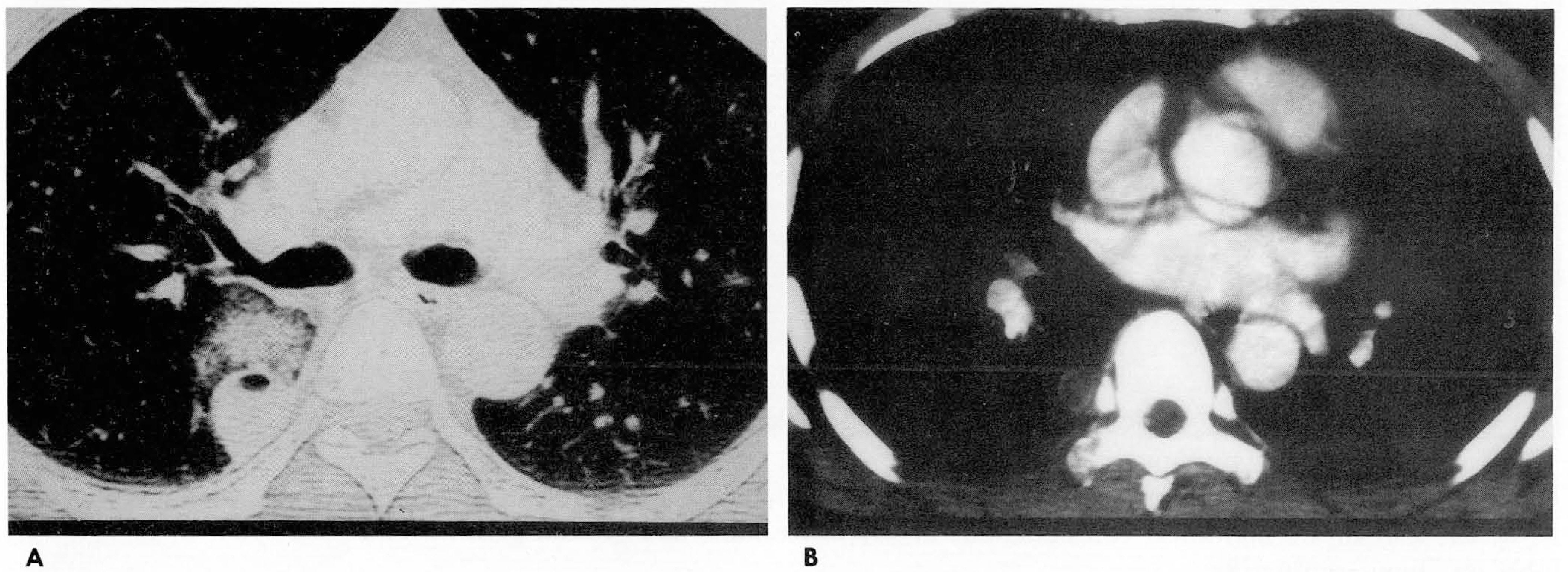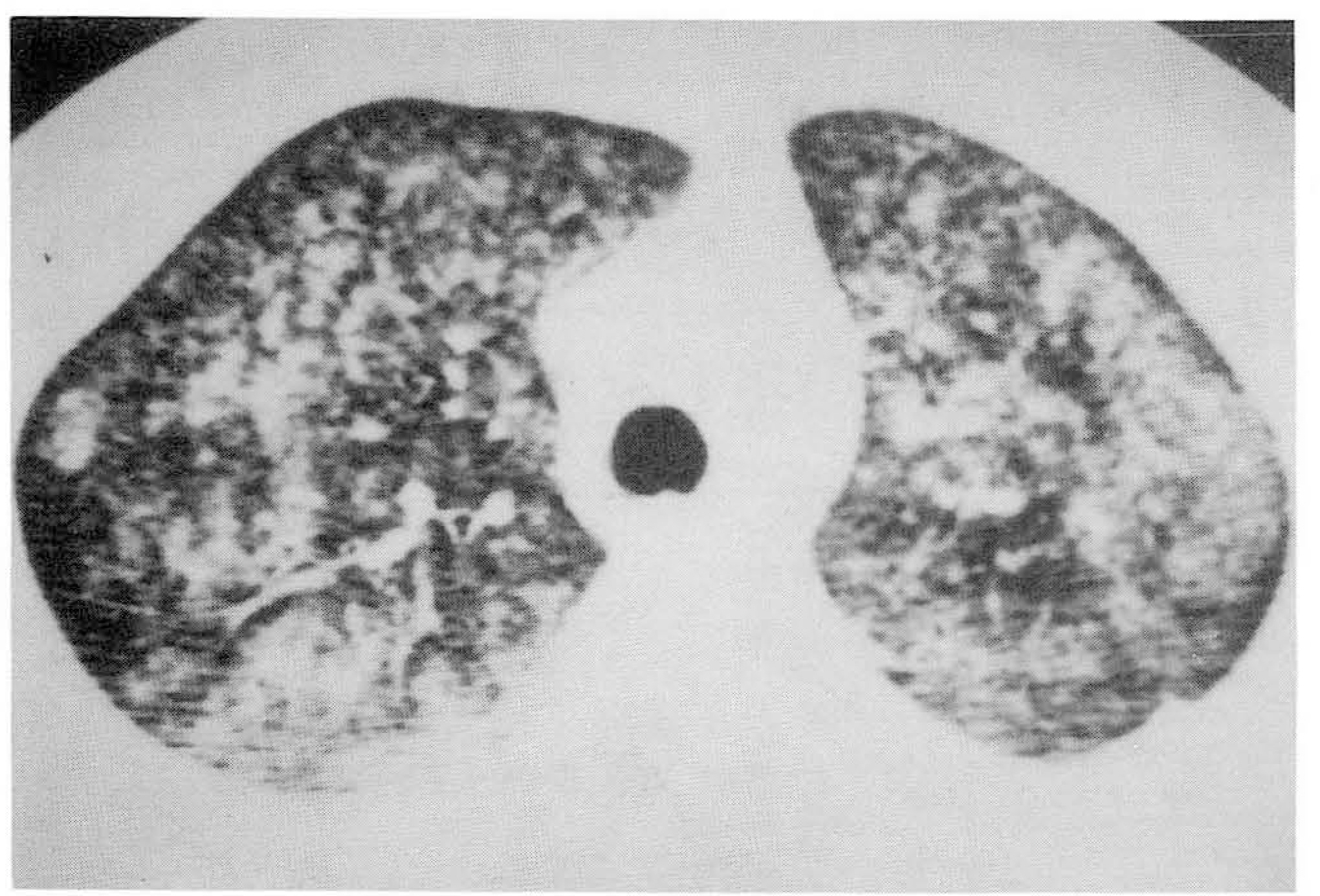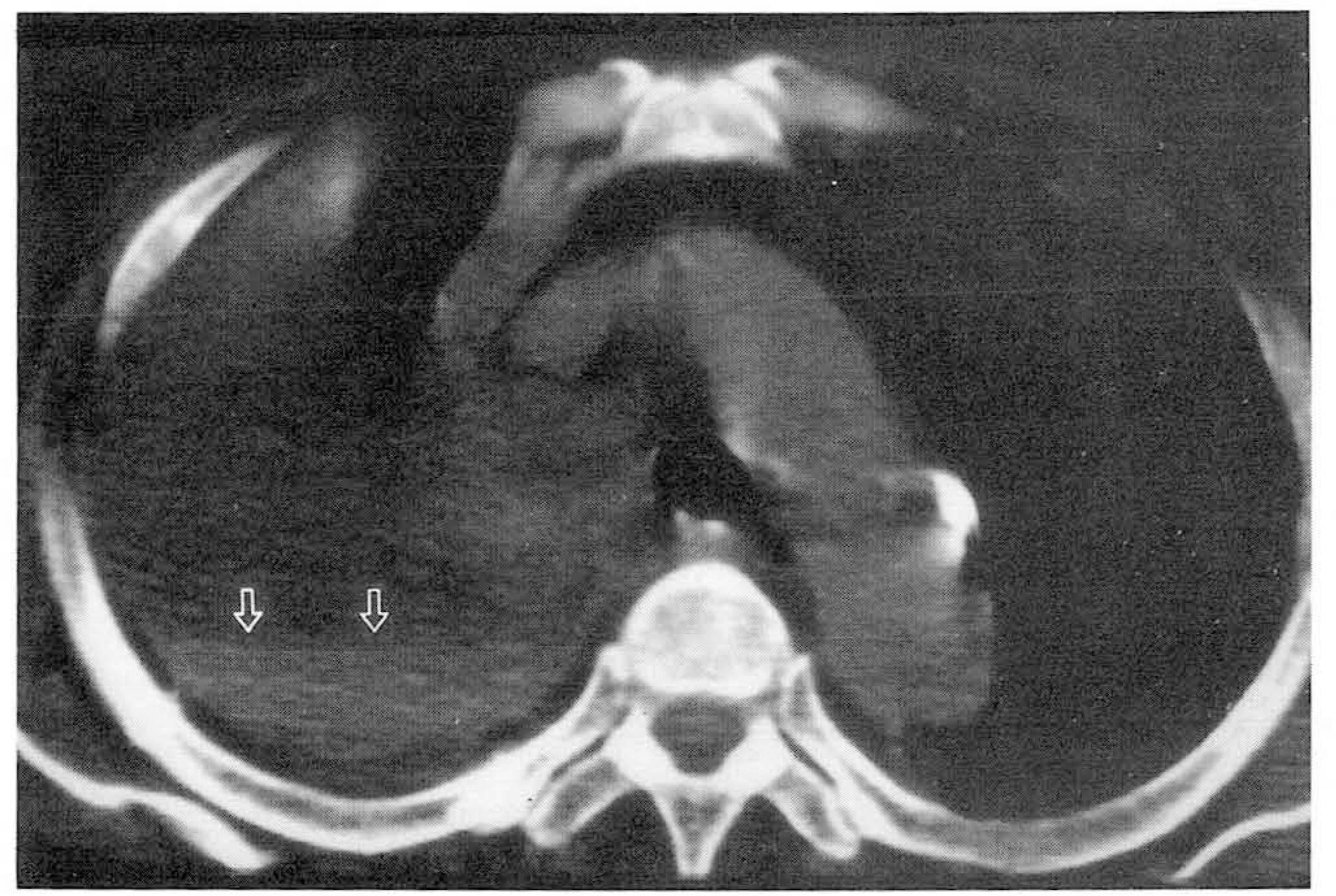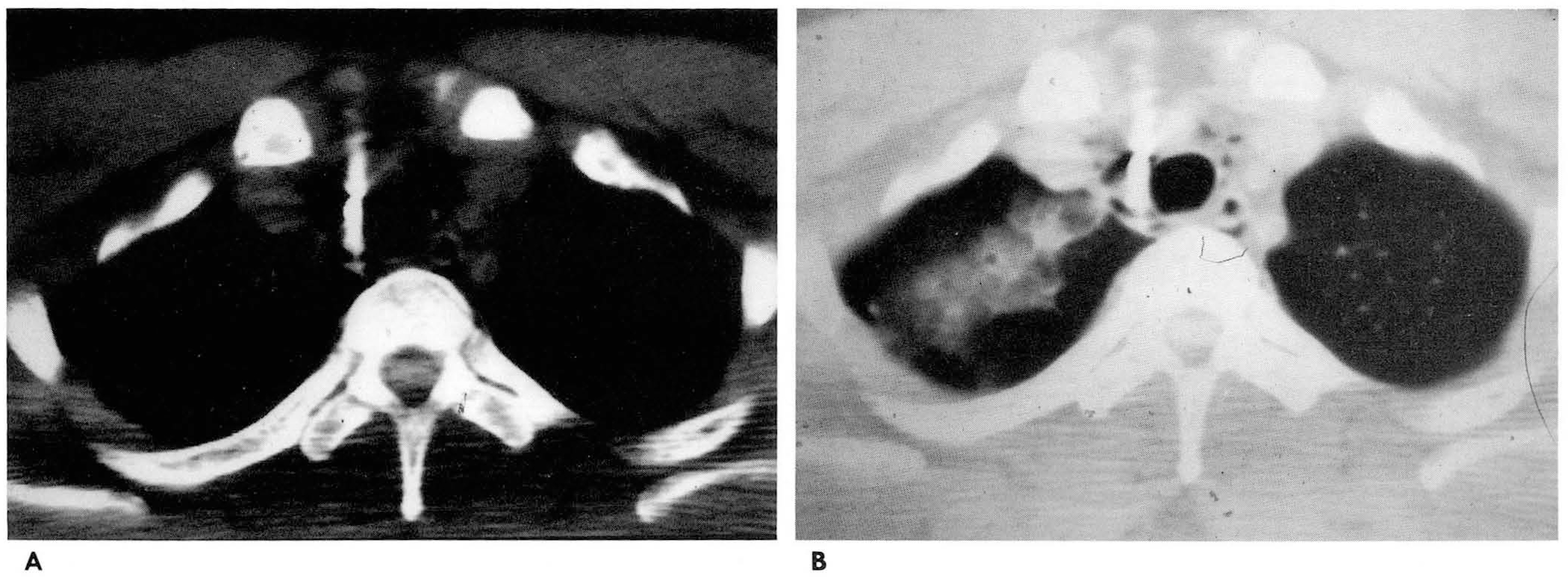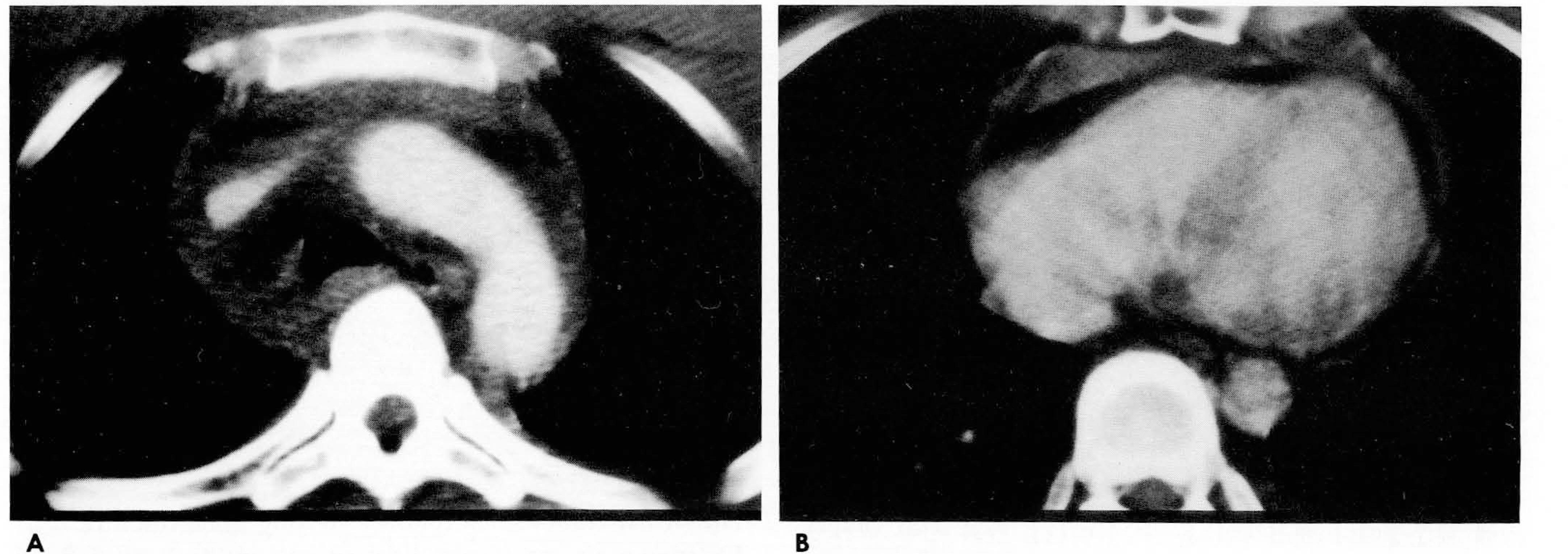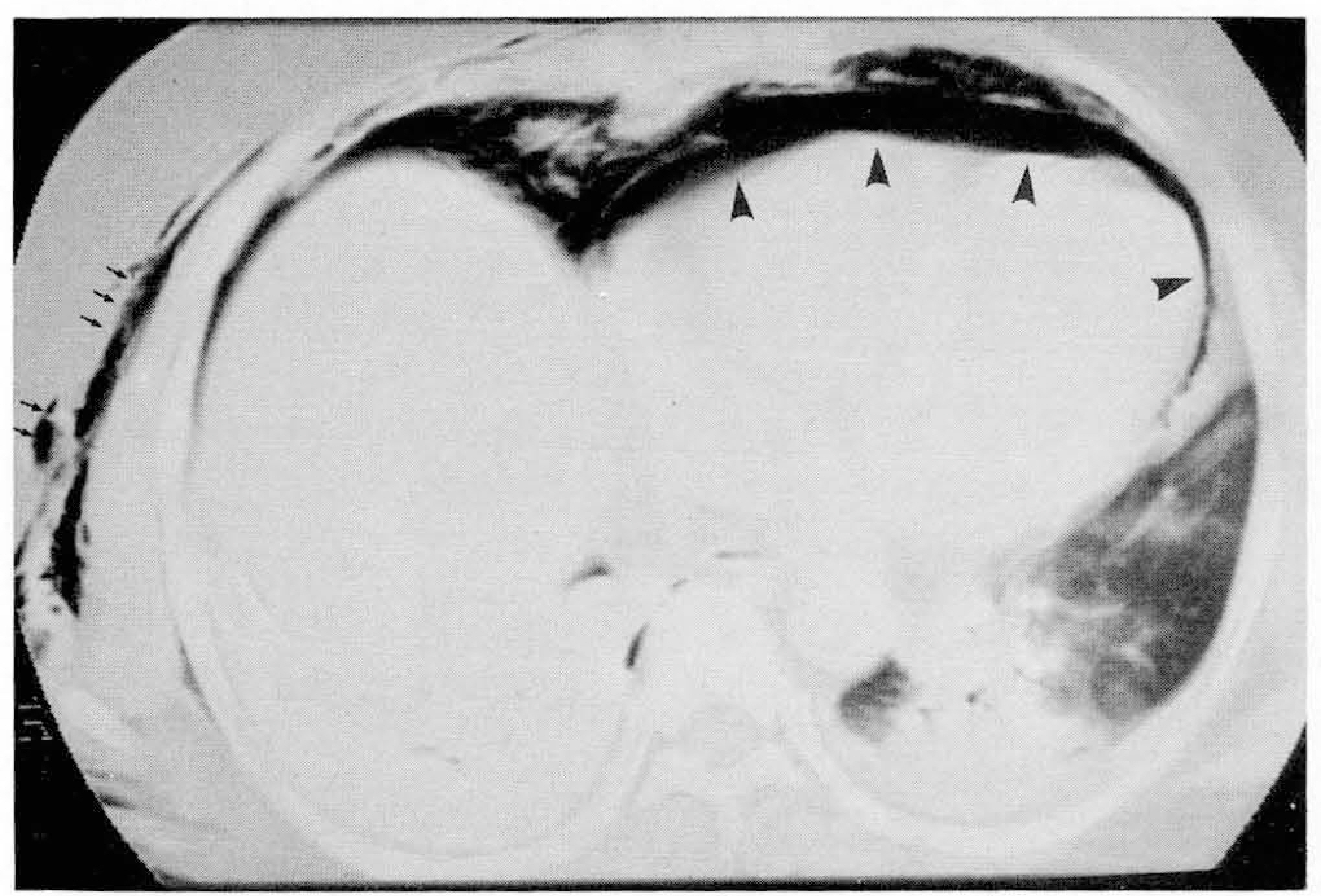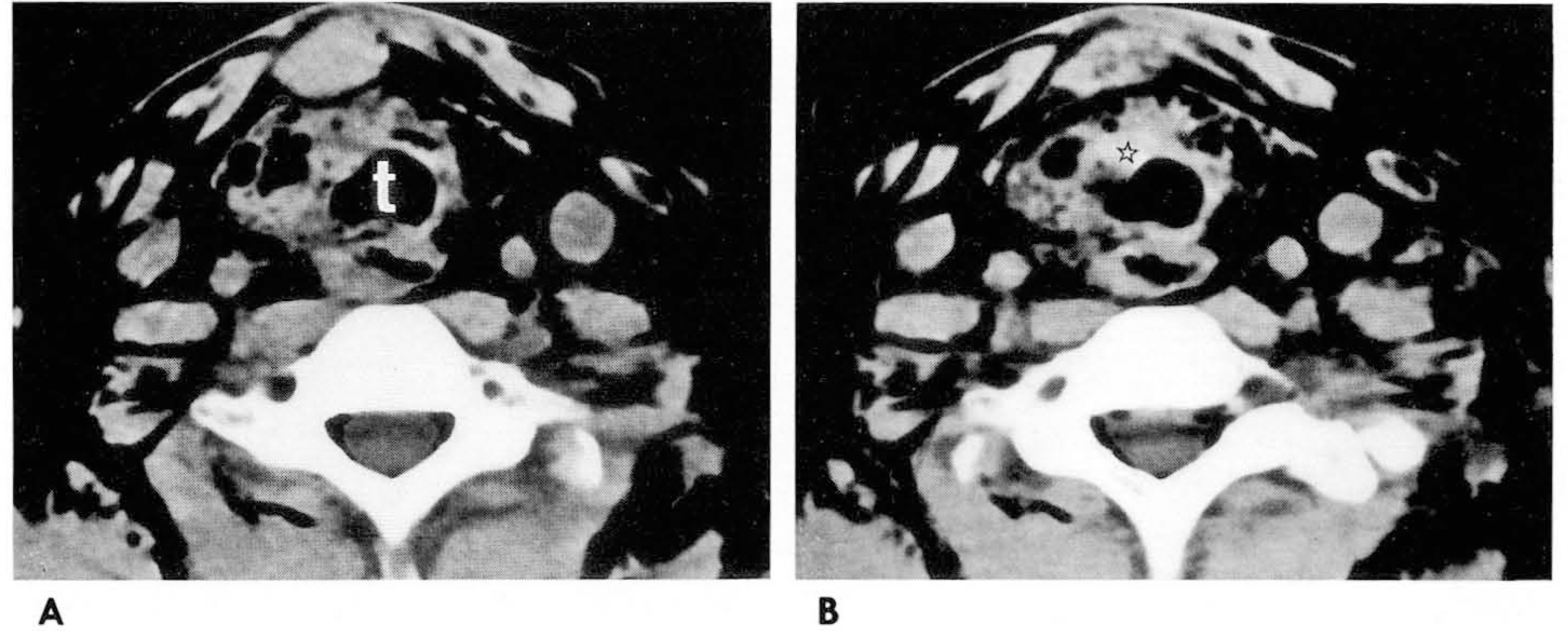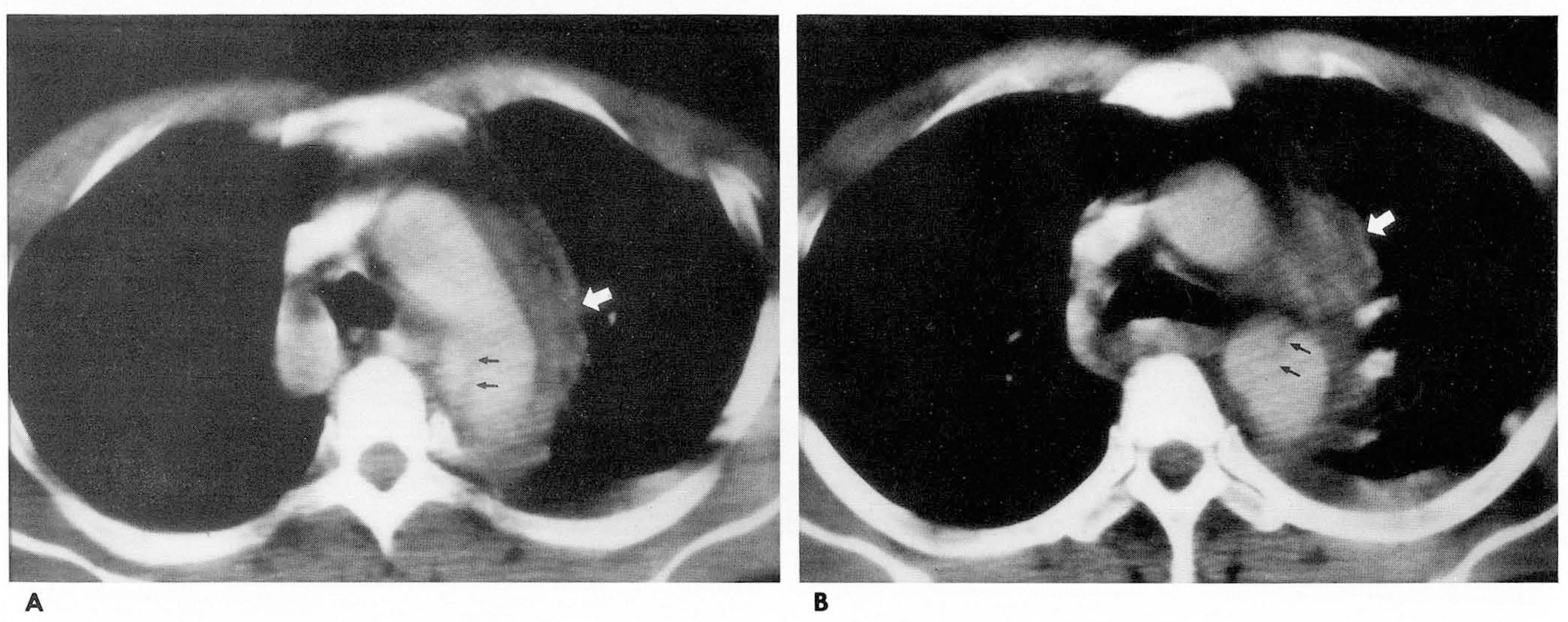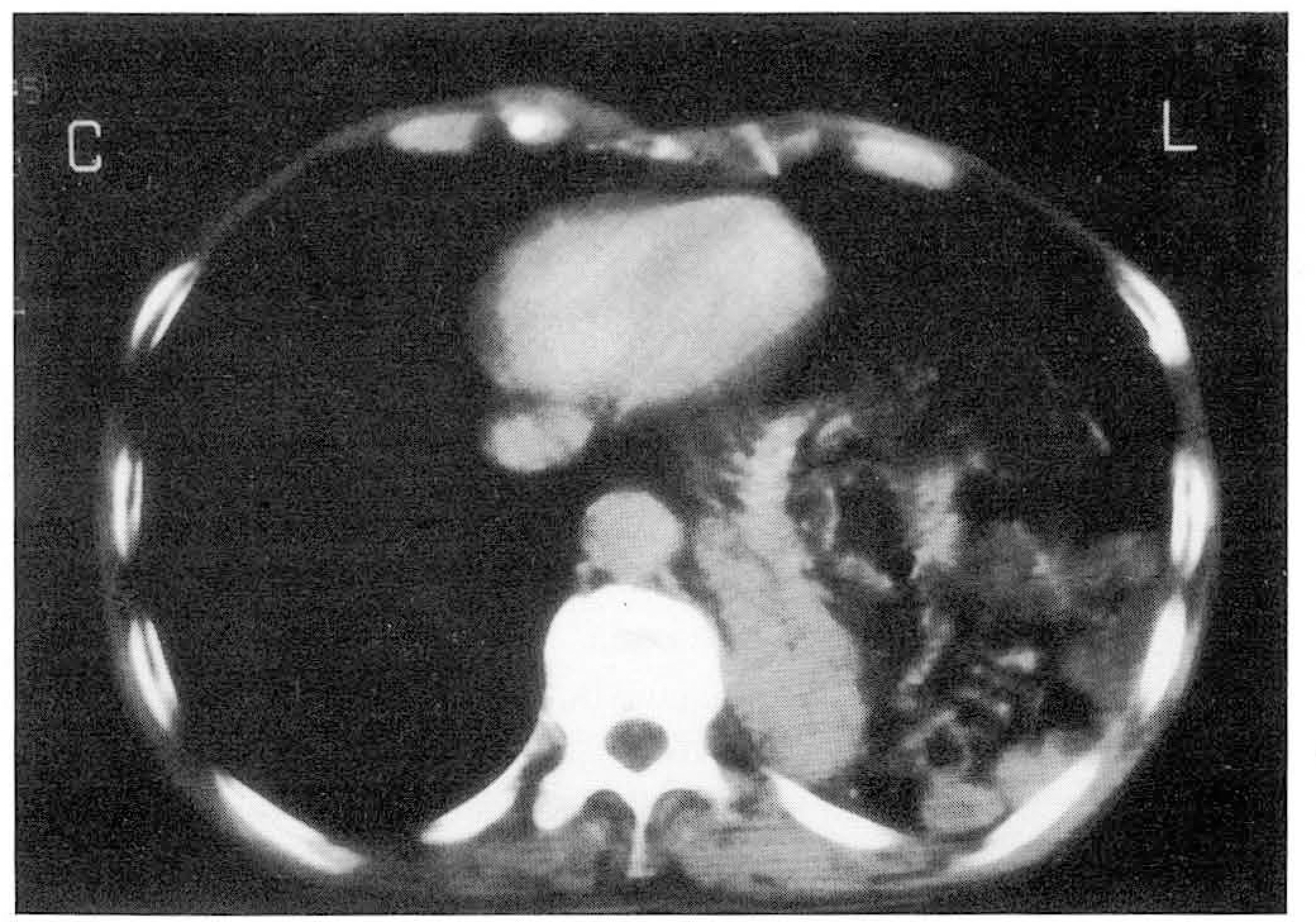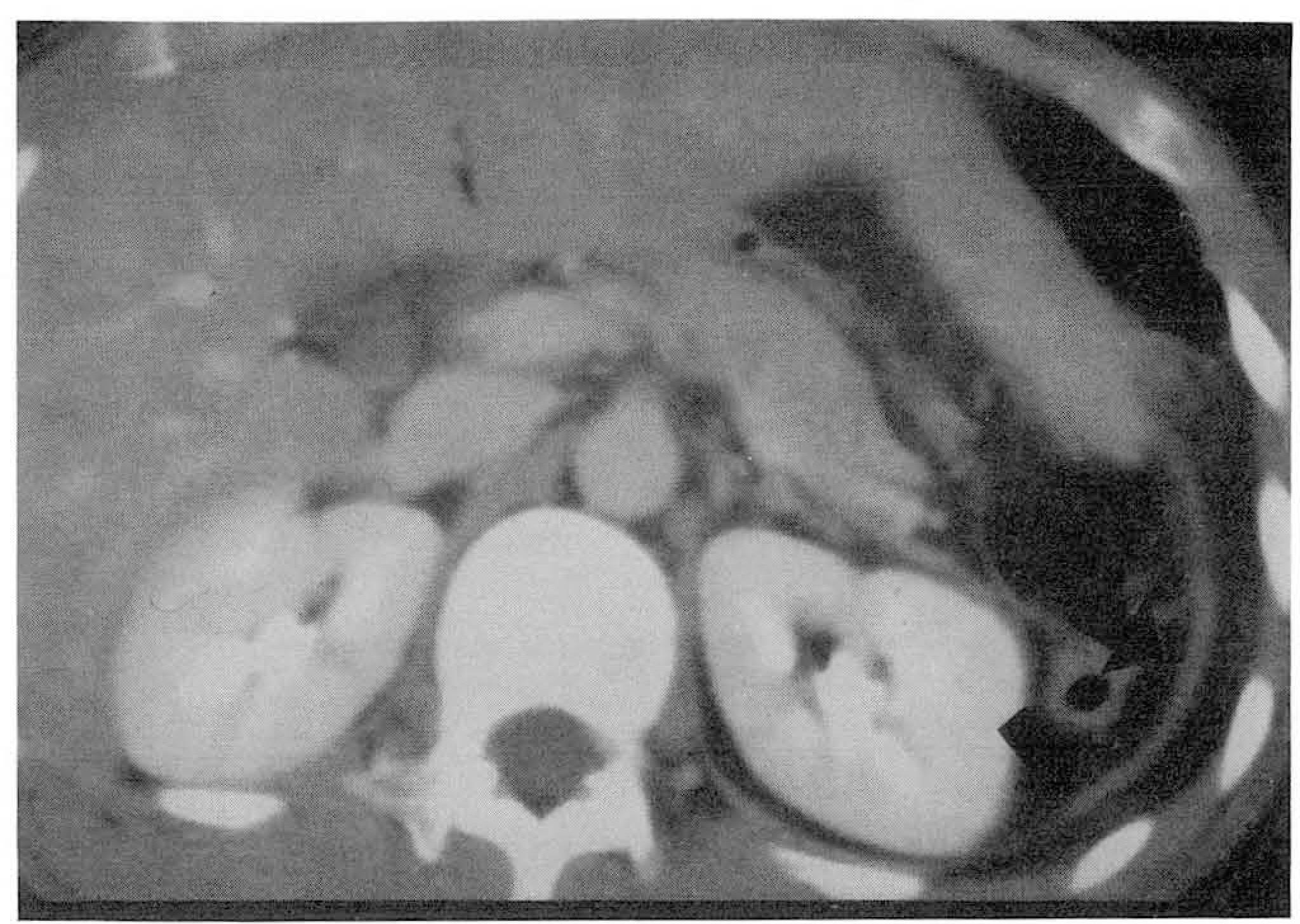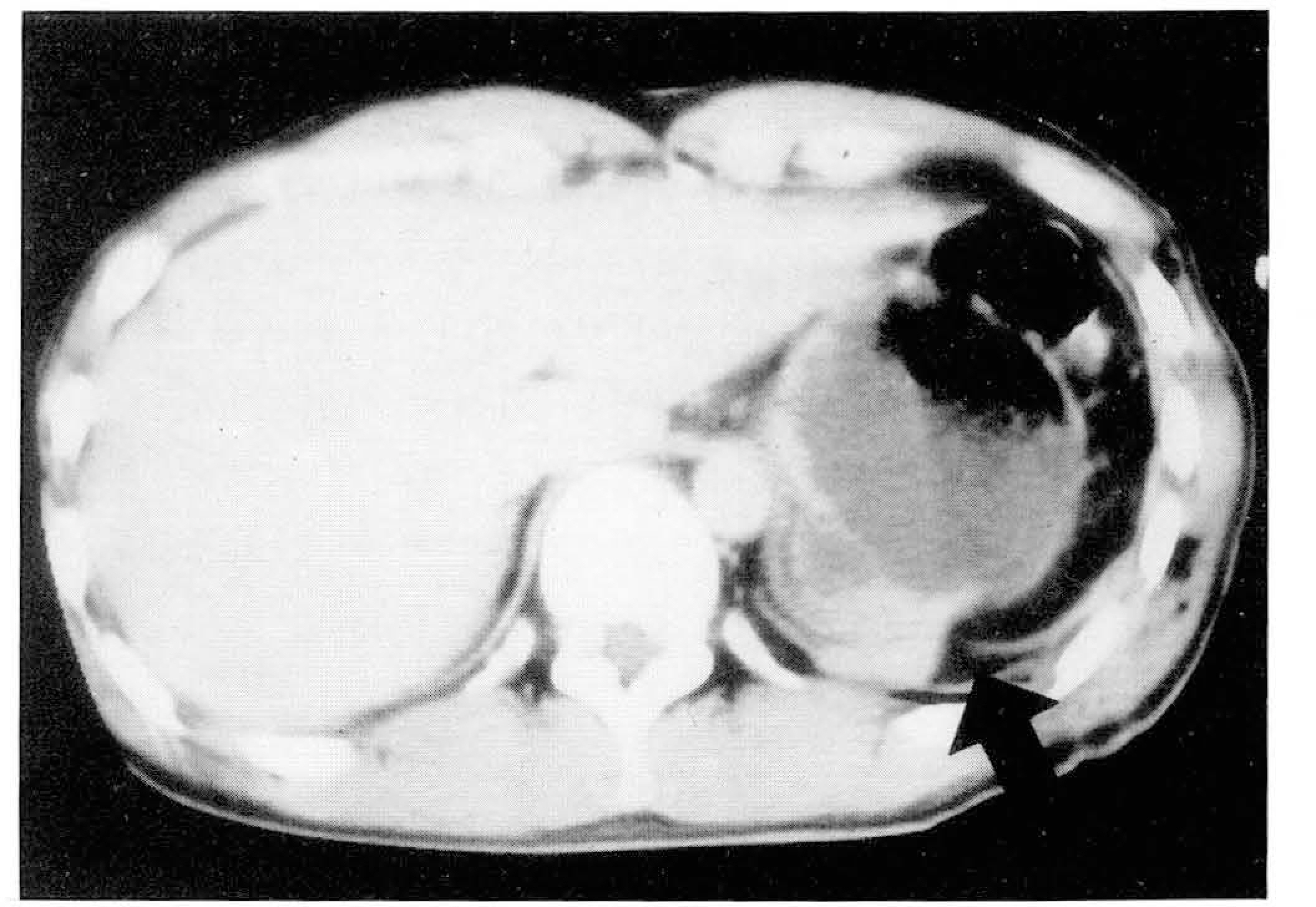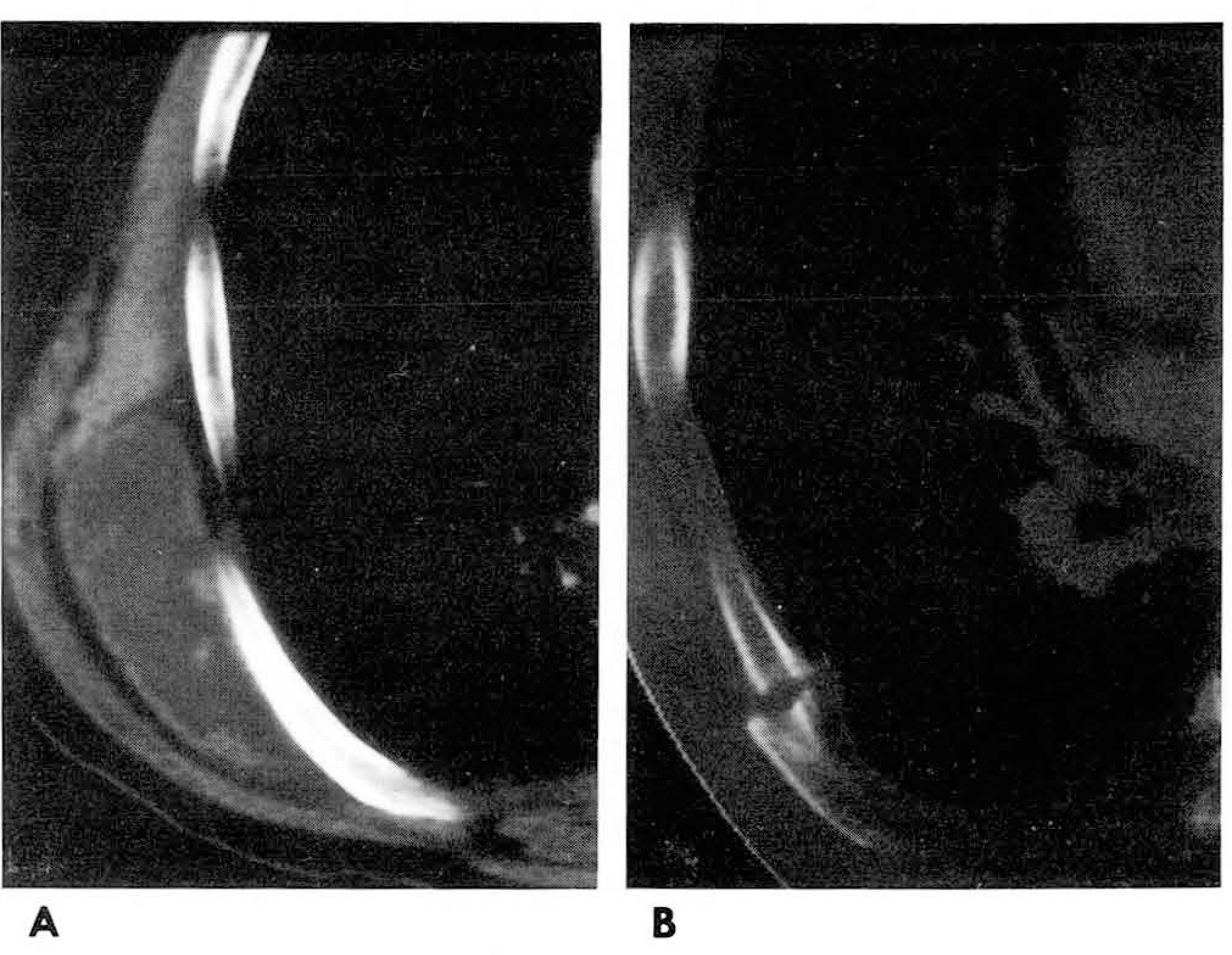J Korean Radiol Soc.
1998 Mar;38(3):477-484. 10.3348/jkrs.1998.38.3.477.
CT Findings of Chest Trauma
- Affiliations
-
- 1Department of Diagnostic Radiology, Soonchunhyang University, Chunan Hospital.
- KMID: 2201405
- DOI: http://doi.org/10.3348/jkrs.1998.38.3.477
Abstract
- Trauma is the third leading cause of death, irrespective of age, and the leading cause of death in personsunder 40 years of age. Most pleural, pulmonary, mediastinal, and diaphragmatic injuries are not seen onconventional chest radiographs, or are underestimated. In patients with chest trauma, CT scanning is an effectiveand sensitive method of detecting thoracic injuries and provides accurate information regarding their pattern andextent.
Keyword
MeSH Terms
Figure
Reference
-
1.Greene R. Blunt thoracic trauma. In Greene R. eds. Syllabus: A categorical course in diagnostic radiology chest radiology. Illinois: RSNA. 1992. 297–310.2.Toombs BD., Sandler CM., Lester RG. Computed tomography of chest trauma. Radiology. 1981. 140:733–738.
Article3.Kang ΕΥ., Μ ller NL. CT in blunt chest trauma: pulmonary, tracheobronchial, and diaphragmatic injuries. Semin Ultrasound CT MR. 1996. 17:114–118.
Article4.Groskin SA. Selected topics in chest trauma. Radiology. 1992. 183:605–617.
Article5.Mi con L., Geis L., Siderys H., Stevens L., Rodman GH. Rupture of the distal thoracic esophagus following blunt trauma: case report. J Trauma. 1990. 30:214–217.
- Full Text Links
- Actions
-
Cited
- CITED
-
- Close
- Share
- Similar articles
-
- Role of Computed Tomography in Blunt Chest Trauma
- Is There a Need for Conventional Spine Radiographs Following a Negative Chest and Abdominal CT in Trauma Patients?
- The Efficacy of Emergency Computed Tomography in Patients with Chest Trauma
- Pulmonary Contusion Similar to COVID-19 Pneumonia
- The efficacy of computerized tomographic scan for chest trauma

